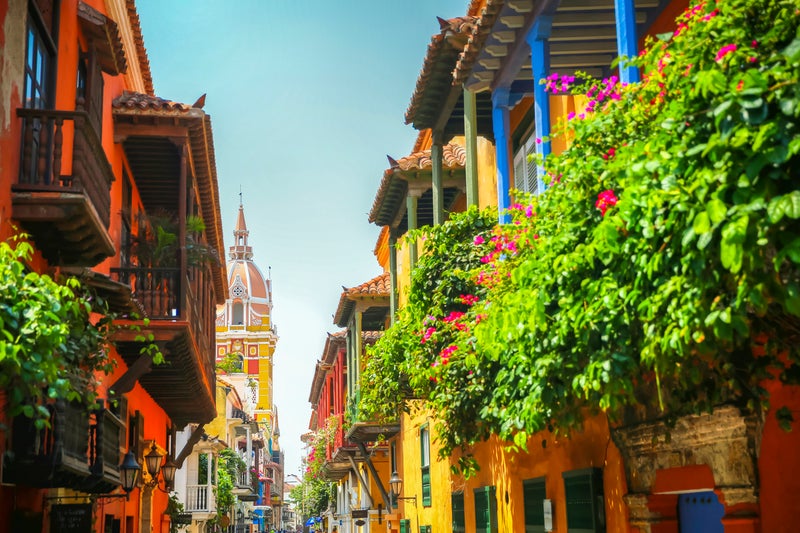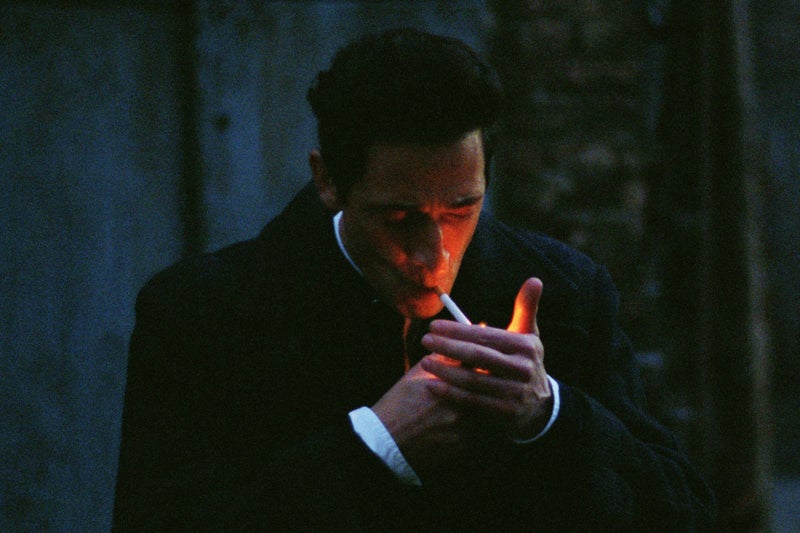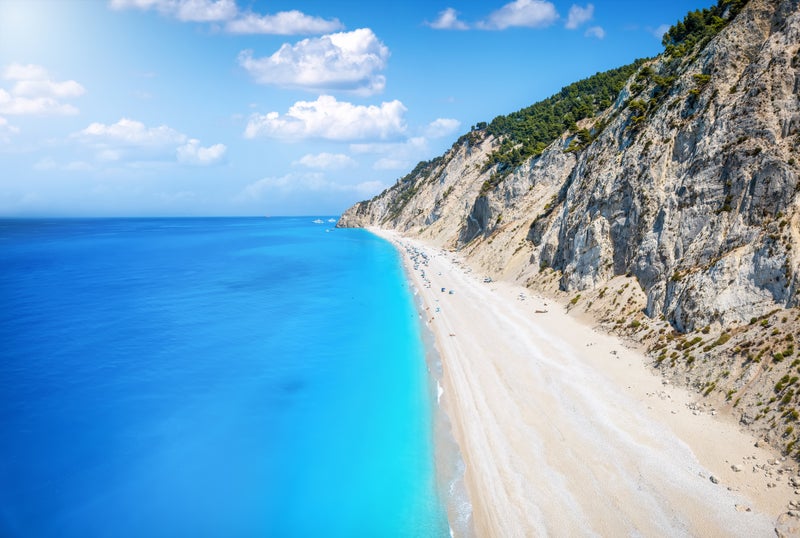Winter Solstice: Pagans, druids and tourists descend on Stonehenge to mark the shortest day of the year
Share:
Thousands of tourists, pagans, druids and people simply yearning for the promise of spring marked the dawn of the shortest day of the year at the ancient Stonehenge monument on Saturday. Revellers cheered and beat drums as the sun rose at 8:09 am over the giant standing stones on the winter solstice - the shortest day and the longest night in the Northern Hemisphere.
![[A reveller attends winter solstice celebrations at Stonehenge stone circle today]](https://i.dailymail.co.uk/1s/2024/12/21/11/93378267-0-image-a-2_1734779101231.jpg)
No one could see the sun through the low winter cloud, but that did not deter a flurry of drumming, chanting and singing as dawn broke. There will be less than eight hours of daylight in England on Saturday - but after that, the days get longer until the summer solstice in June.
![[People take part in the winter solstice celebrations during sunrise at the Stonehenge prehistoric monument on Salisbury Plain in Wiltshire]](https://i.dailymail.co.uk/1s/2024/12/21/11/93378293-0-image-a-3_1734779110927.jpg)
The apparent position of the Sun in the sky changes throughout the year. This occurs because the Earth orbits at an angle of 23.4 degrees on its axis. During summer in the northern hemisphere, the North Pole is tilted towards the Sun, and so it receives more direct sunlight and longer daylight hours.
![[Solstices occur twice a year, and are known as the 'summer solstice' and the 'winter solstice']](https://i.dailymail.co.uk/1s/2024/12/21/11/93378319-0-image-a-18_1734779371088.jpg)
Meanwhile, during winter in the northern hemisphere, the North Pole is tilted away from the Sun, resulting in fewer daylight hours. Thousands of tourists, pagans and druids marked the dawn of the shortest day of the year at the ancient Stonehenge monument on Saturday.
![[Arthur Pendragon poses for a portrait as he takes part in the winter solstice celebrations at Stonehenge]](https://i.dailymail.co.uk/1s/2024/12/21/11/93378275-0-image-a-5_1734779163793.jpg)
A reveller attends winter solstice celebrations at Stonehenge stone circle today. People take part in the winter solstice celebrations during sunrise at the Stonehenge prehistoric monument on Salisbury Plain in Wiltshire. Solstices occur twice a year, and are known as the 'summer solstice' and the 'winter solstice'.
![[A hobby horse decked out in ribbons performs during the winter Solstice celebrations at Stonehenge today]](https://i.dailymail.co.uk/1s/2024/12/21/11/93378279-0-image-a-6_1734779167113.jpg)






















